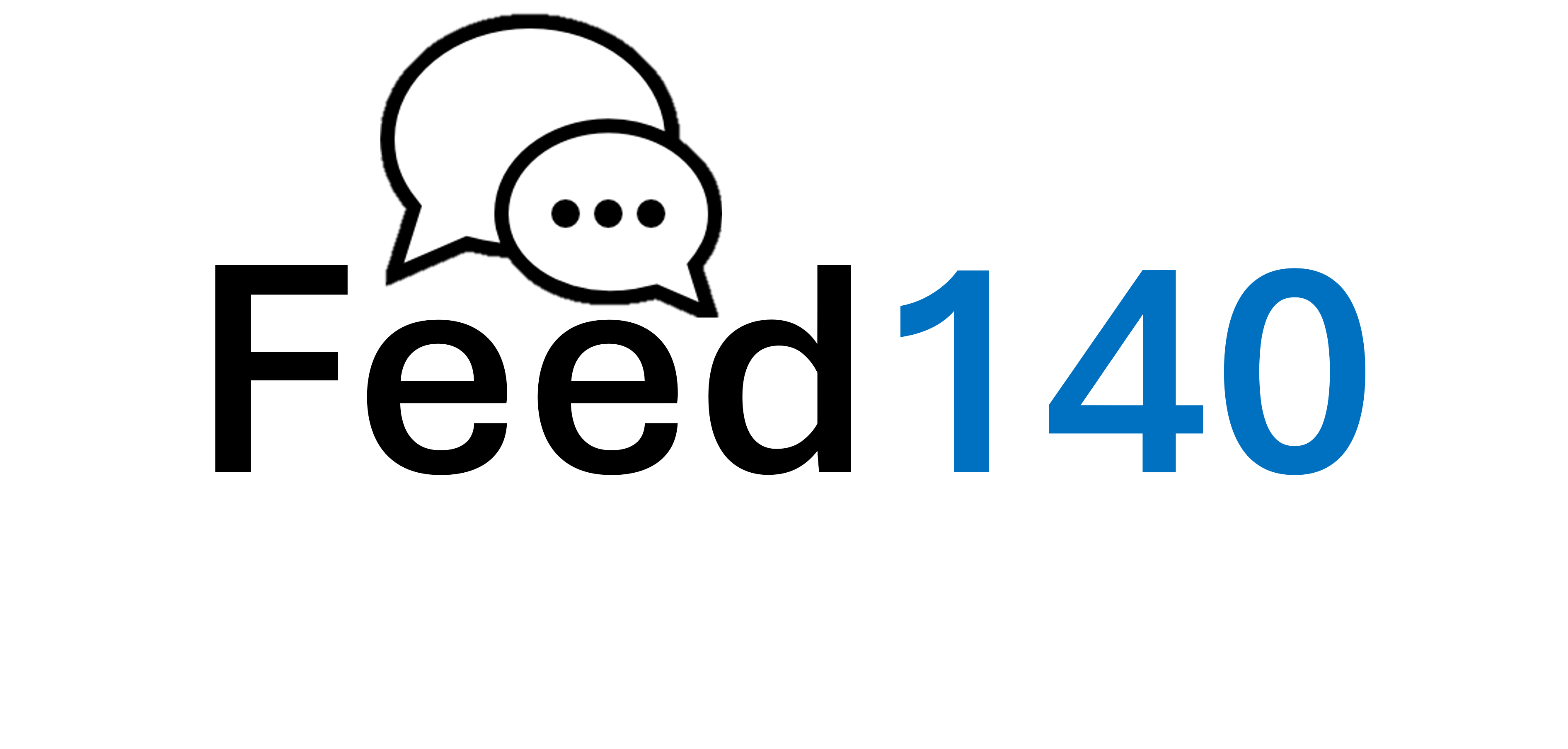 News on Social Marketing, according to Twist Image: creating great content generates all types of traffic and attention which leads to several healthy conversations and comments resulting to a vibrant community. You may have the support of this community but will they be willing to pay for it?
News on Social Marketing, according to Twist Image: creating great content generates all types of traffic and attention which leads to several healthy conversations and comments resulting to a vibrant community. You may have the support of this community but will they be willing to pay for it?
The answer to this question is revealed with The New York Times announcement that they are setting up a pay-wall for their online content.
“Starting in January 2011, a visitor to NYTimes.com will be allowed to view a certain number of articles free each month; to read more, the reader must pay a flat fee for unlimited access. Subscribers to the print newspaper, even those who subscribe only to the Sunday paper, will receive full access to the site without any additional charge.”
Here are some reasons why this is not such a bad idea:
They remain being indexed by Google and the other Search Engines.
Search indexing will continue to produce big-time branding, awareness and link love.
The content will still be free as more people continue to be interested with the occasional article from the New York Times.
As this may deliver less banner ad impressions overall, the quality, targeting and readership analytics will deliver a more quality CPM and better targeting.
If sufficient number of people finds the content irresistible, for sure they’d think it’s worth paying for.
The New York Times will learn – in short order – what the truth is about their circulation and readership.
Most media experts focus on whether or not readers will pay versus finding the same news elsewhere for free. A valuable content makes people pay for it and leads the New York Times to reap the financial rewards of this.
Read more at The Moment Of Truth
 News on Facebook Marketing, according to All Facebook : friends can now be integrated into the search as Bing enhances its Facebook ties, allowing users to tag friends in searches and post queries instantly to their timeline. Bing announced this news on its blog.
News on Facebook Marketing, according to All Facebook : friends can now be integrated into the search as Bing enhances its Facebook ties, allowing users to tag friends in searches and post queries instantly to their timeline. Bing announced this news on its blog.
When searching on Bing, a question or comment can be entered in the sidebar and typing the friend’s name on Facebook to tag him or her (you can tag up to five friends at a time).
You are always in control of what you share through the sidebar so your permission is necessary. As the question is posted on your Facebook timeline, tagged friends will be notified to help you find what you’re looking for.
Both search results and input from friends can be obtained all in one place. By typing in a query on Bing, gives you the option of posting it on your Facebook timeline.
In the series of Facebook-Bing integrations, this is the latest. Maps for Facebook events is also provided by Bing, as well as translations of Facebook status updates and comments. Facebook’s search bar is what made the two companies occupied.
Read more at Bing Wants You To Ask Your Facebook Friends, Too
 News on Facebook Marketing, according to All Facebook : when Facebook made a change by switching to the timeline format, several users were displeased. Now it looks like the social network might tweak timeline a bit, making it more of a single-column format. Inside Facebook, sister site of Facebook confirmed that the site is testing a new, sleeker design of timeline for a selected few users.
News on Facebook Marketing, according to All Facebook : when Facebook made a change by switching to the timeline format, several users were displeased. Now it looks like the social network might tweak timeline a bit, making it more of a single-column format. Inside Facebook, sister site of Facebook confirmed that the site is testing a new, sleeker design of timeline for a selected few users.
Inside Facebook noted that having all posts in one column as the main criticisms of timeline users is what’s being dealt with in this change.
In this test, all wall posts can be viewed on the left hand side, while open graph actions such as songs listened to on Spotify and recent activity will appear on the right hand side along with the tabs, profile picture, cover image and dates which retain its same place at the right hand side.
This is how the new format of Facebook testing would look like: when a user has no more open graph actions to show, the right side of the page will revert to blank, instead of creating two sides of wall posts.
Read more at Facebook Tests New Streamlined Timeline Layout
Other Social Marketing Articles of Interest
